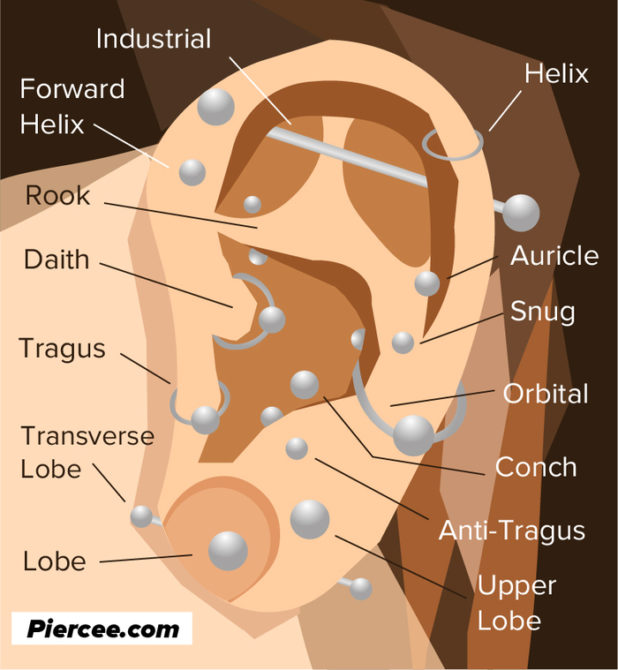


These sensory nerves can be blocked either at their emergence point from the cranium (V2 and V3) or, more distally and superficially, at their exit from the facial bones (V1, V2, V3) ( Figure 1).įigure 2. After exiting the cranium through the foramen ovale, it delivers sensory branches that supply the front of the ear, the temporal area, the anterior two-thirds of the tongue and the skin, mucosa, and teeth and bone of the mandible ( Figure 1B). The mandibular nerve (V3) is a mixed sensory and motor (for the mastication muscles) nerve.It innervates the lower eyelid, the upper lip, the lateral portion of the nose and nasal septum, cheek, roof of the mouth, bone, teeth and sinus of the maxilla, and the soft and hard palates ( Figure 1B). The maxillary nerve (V2), a purely sensory nerve, exits the middle cranial fossa via the foramen rotundum, passes forward and laterally through the pterygopalatine fossa, and reaches the floor of the orbit by the infraorbital foramen.It innervates the forehead, eyebrows, upper eyelids and anterior area of the nose ( Figure 1B). The ophthalmic nerve (V1), a sensory nerve, divides into three branches (lacrimal, frontal, and nasociliary nerves) before entering the orbit through the superior orbital fissure.Postganglionic fibers exit the ganglion to form three nerves: The trigeminal ganglion (semilunar or Gasserian ganglion) lies in Meckel’s cave, an invagination of the dura mater near the apex of the petrous part of the temporal bone in the posterior cranial fossa. The fifth cranial nerve carries both sensory and motor components. For each nerve block, practical anatomy, indications, technique, and type of complications are specifically described.

This section outlines clinically applicable regional nerve blocks of the face that for perioperative and chronic pain management. Sensory innervation of the face and neck is supplied by the trigeminal nerve (fifth cranial or V) and the C2–C4 cervical nerve roots that constitute the superficial cervical plexus ( Figure 1A). Because of the vicinity of cranial and cervical nerves to many vital structures in a compact area, the efficacy and safety of cephalic nerve blocks are based on precise and detailed knowledge of the anatomical relationships of the selected nerve, its deep and superficial courses, and the final sensory territories. Myriad techniques can be used for both acute and chronic pain management either diagnostic or therapeutic procedures. Regional anesthesia is commonly used for postoperative pain management to decrease postoperative pain and opioid consumption following head and neck surgery. Table of Contents Nerve Blocks of the FaceĬhrystelle Sola, Christophe Dadure, Olivier Choquet, and Xavier Capdevila INTRODUCTION


 0 kommentar(er)
0 kommentar(er)
